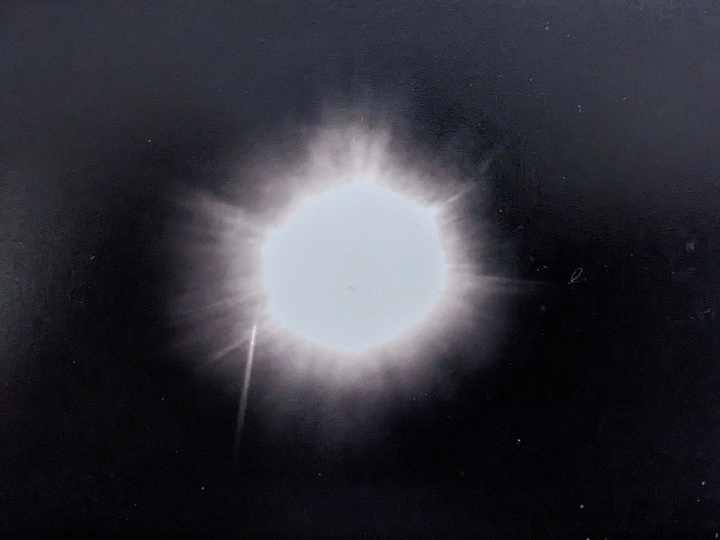Next Step Manifest

Kalina Trajanovska
Kush Badhwar and Kalina Trajanovska are spatial practitioners working across art, architecture, media, and research. With backgrounds in film (FTII, India) and architecture (Skopje, Peru), their practices converge around questions of social and spatial justice, with a focus on the political and cultural dimensions of urban life. Their work explores temporality and the dynamic relationship between people and their environments. They are particularly interested in collaboration and in the connections between art, politics, the moving image, and urbanism—in settings ranging from neighbourhoods and shopping centres to mines and airports. Both recently completed the Urban Studies programme at the Estonian Academy of Arts, where they began collaborating through shared interests in experimental methodologies and intersectional urbanism.
Their collaboration as a team began in 2024 in Lima, Peru, where they organized a student-led workshop titled “In Search of the Feminist City.” The workshop served as a platform to explore how feminism and intersectionality intersect with urban space, with a specific focus on the context of Lima. Over the course of two weeks, the project “Manifesto in Motion” unfolded daily as a range of manifesto-performances across various public spaces in the city.
We are recent graduates of urban studies, united by a desire to understand how the written word—particularly the manifesto—shapes the spatial world. This proposal investigates the manifesto as a spatial act: how it has been used to imagine, direct, disrupt, and demand transformations in architecture, urban form, landscapes, and the ways these are inhabited and experienced.
While manifestos are often studied for their political or artistic value, their specific relationship to space remains undertheorised. We are interested in how manifestos have influenced built and unbuilt environments, how they have performed spatially—through acts of declaration, occupation, or disruption—and how they have shaped long-term urban change. Equally, we are attentive to the limits of the manifesto: the moments when its spatial ambitions failed to materialise, or when its visions were absorbed, diluted, or co-opted.
In a time of overlapping crises—ecological, social, political—we see renewed relevance in the manifesto form. Today, spatial transformation is urgently needed, and the manifesto may offer a means to not only speak to crisis but act within it. Our proposal includes researching and writing about historical and contemporary spatial manifestos, while also facilitating the conception, performance, and publication of new ones. These may emerge through workshops, residencies, collaborations, or informal gatherings.
By tracing the spatial life of manifestos—past, present, and possible—we aim to activate them not just as texts, but as tools for spatial imagination and intervention. This project values rigorous research and situated experimentation, opening up possibilities for thinking and making space otherwise.